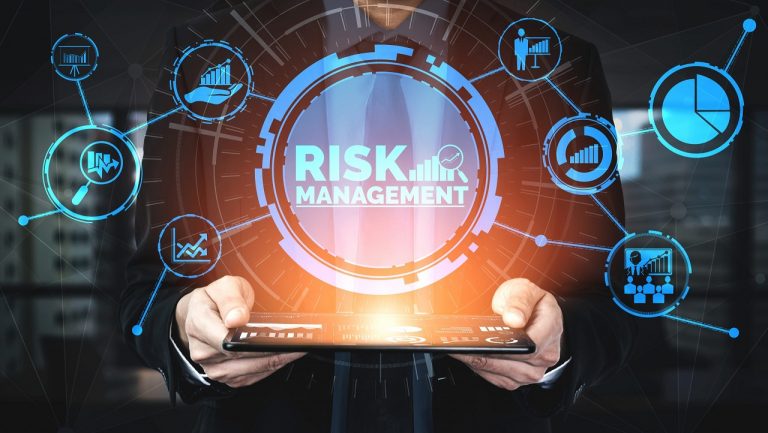What is internal control?
Internal control is the activity of establishing and organizing the implementation of a certain work cycle within an enterprise in order to improve business efficiency and reduce risks and avoid unexpected losses.
The first internal control activities appeared at the end of the 19th century with the advent of auditing firms. Along with economic development requiring stricter management, auditing standards were born, leading to the development of internal control activities.
The United States National Council (COSO 2013) has defined internal control against fraud in the preparation of financial statements as a process governed by the board of directors, managers, and employees of the entity. dominant. These controls are designed to provide reasonable assurance regarding performance, compliance and reporting objectives. Specifically, the three objectives of internal control are as follows:
- Operational objectives: expressed through efficient operation as well as making good use of internal resources (financial, human, and material resources).
- Reporting objectives: including financial statements and non-financial reports for outsiders and inside the company to ensure honesty, science, and reliability.
- Compliance goals: comply with the law and comply with company regulations.

The role of internal control
Stemming from the fact that many businesses still manage loosely or in a family style, pushing responsibility for control to subordinates leads to loss and inefficiencies. The appearance of internal control helps to establish an objective monitoring and control mechanism, thereby bringing many benefits such as:
- Limit errors and risks in production and business
- Ensure product quality, production plan, right price
- Accurately recorded financial and accounting data
- Protect assets, reduce damage, loss, fraud
- Optimizing enterprise resources
- Build trust and credibility
- Protect the interests of investors, shareholders as well as business owners and employees
- Increase management efficiency, improve production and business efficiency
Internal control process
Currently, in addition to financial and accounting activities, in order to minimize risks, each work group can build its own process by department in parallel with the general process of the enterprise.
For example, Internal control at purchasing might include:
- Make a purchase voucher
- Control supplier selection
- Purchase invoice control
- Control with inventory
Internal information control
- Authorization to access corporate documents
- Protect company databases and documents
- Protect your computer system
The unit/enterprise can build an internal control process according to the following steps.
Step 1: Determine the direction and possible risks
You can rely on the operating process of the department or the business to determine the direction of the direction and analyze the possible risks. The risks include:
- Financial risk
- Strategic risk
- Operational risks
From there, you evaluate the impact of each type of risk on the business/unit or department.
Step 2: Modeling, analyzing
After defining the workflow and identifying the risks, you can model the system as well as the position of each level of personnel in this system. From there, clear regulations and control regulations are built at each level.

Step 3: Compare management rules/standards
After establishing the regulations and regulations in control, you compare them with the established management rules (under the control environment) to assess the conformity with the management rules of the enterprise.
Regulations, rules that are inappropriate or contrary to the rules of the enterprise need to be removed or adjusted.
Step 4: Form the process, guide how to do it and communicate
After completing the above steps, you give instructions for implementing the internal control process and conduct communication to employees and departments to follow.
Step 5: Test, evaluate and adjust
It will be difficult to have a perfect internal control process in the first place. However, you can test on a departmental scale to assess fit and then gradually scale up to the entire organization/business.
Epilogue
It can be said that internal control is an important element in governance to help businesses and organizations stay on track, reaching for a sustainable mission and vision, especially in the growth process scale expansion.












Replies to This Discussion